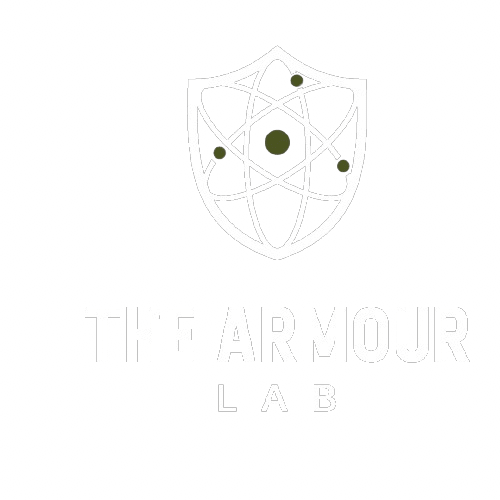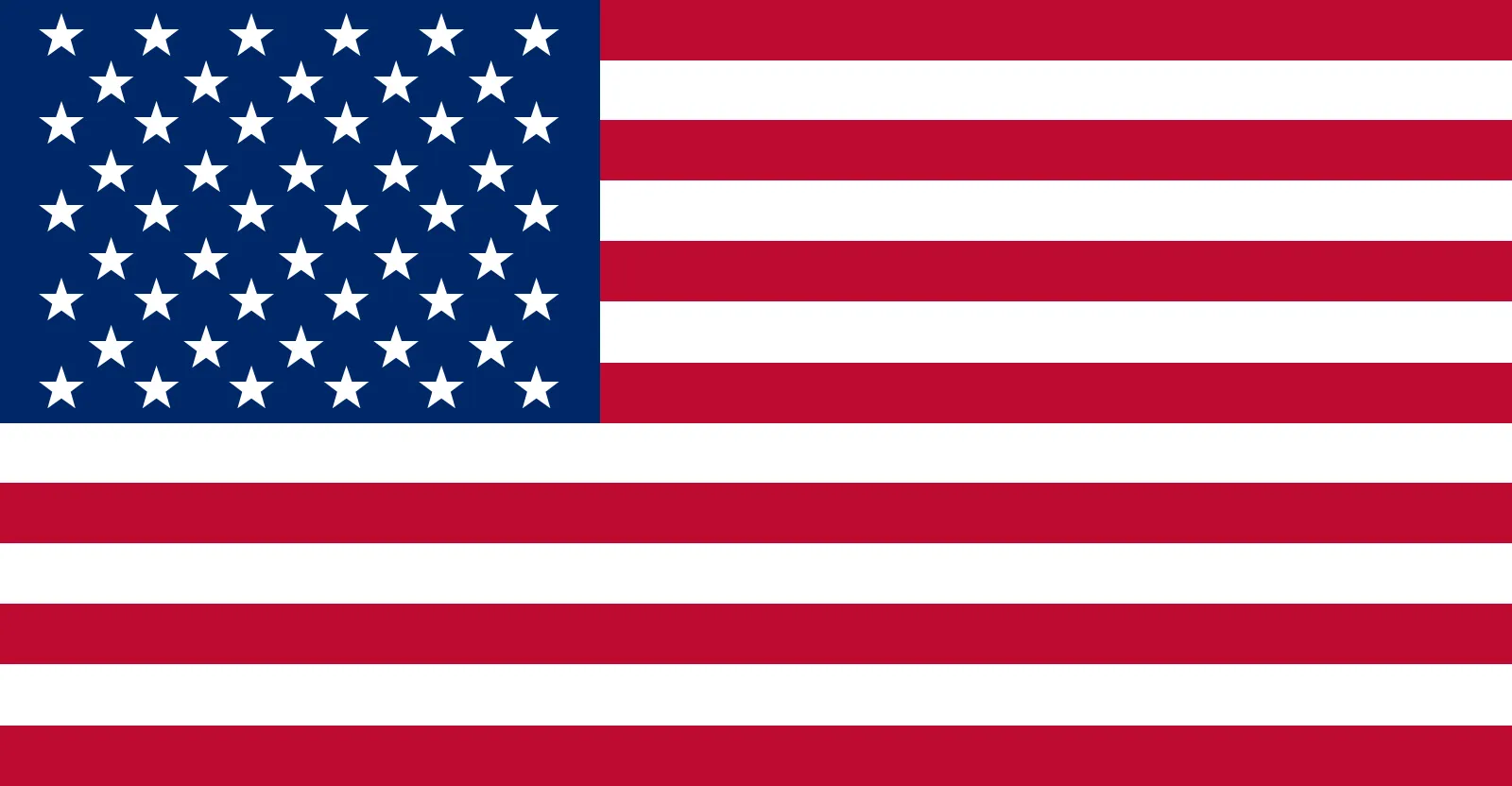Does Icon Rocklear require paint correction?
Icon Rocklear has built-in corrective properties, reducing the need for extensive paint correction before application.
Is Icon Rocklear hydrophobic?
No, Icon Rocklear is not hydrophobic, but it still offers excellent protection against contaminants and allows for easy cleaning.
How does Icon Rocklear compare to traditional ceramic coatings?
While ceramic coatings offer temporary protection from water, etching, and UV damage, Icon Rocklear provides permanent protection. Icon Rocklear is more resistant to scratches, chips, and scuffs, with a 15-year lifespan. Unlike ceramic coatings, which need annual reapplication, Icon Rocklear includes built-in paint correction capabilities for long-term vehicle protection.
Will Icon Rocklear yellow or fade over time?
No, Icon Rocklear is designed to remain crystal clear and will not yellow or fade, even after years of exposure.
Does Icon Rocklear prevent rock chips?
While Icon Rocklear isn’t a bulletproof shield, it provides strong resistance against rock chips and road debris, significantly reducing the chances of chips and scratches to keep your vehicle’s surface intact under daily driving conditions.
Does Icon Rocklear require a controlled environment for application?
Yes, Icon Rocklear requires a temperature-controlled, clean environment for optimal results and proper curing. The Armour Lab offers a state-of-the-art cold room, unique in Canada, providing precise temperature and dust control for a flawless, dust-free application.
How long does the Icon Rocklear application take, and how long should I wait to wash my car?
The application process for Icon Rocklear typically takes 24 hours. After application, avoid washing your car for 21 days to allow the coating to fully cure. During this period, water and power washing are fine, but avoid soaps or cleaning agents until the coating is fully cured for maximum bonding and protection.
What is ceramic coating?
Ceramic coating is a liquid polymer applied to a vehicle's exterior
surfaces. Once cured,
it bonds with the factory paint, establishing alayer of protection
anda
hydrophobic surface.
How long does ceramic coating last?
With proper maintenance, premium ceramic coatings can last several
years.
The exact duration varies based on environmental conditions, how
often the
vehicle is used, and how well it is maintained.
Does ceramic coating prevent scratches?
While ceramic coating provides a protective layer, it isn't entirely
scratch-proof. However,
it can minimize light swirls and scratches, adding a level of
protection
against minor abrasions.
Can I wash my car regularly after applying a ceramic coating?
Yes, regular washing is recommended to remove contaminants. Always
use a
PH-neutral soap and avoid abrasive chemicals and touch car washes!
Does ceramic coating require special maintenance?
Ceramic coating warranty primarily addresses manufactures production
defects
and any discrepancies during installation. It's essential to
understand that
coatings efficacy largely depends on its care. For optimal longevity
and
durability, annual maintenance by an approved installer is strongly
recommended.
What is Paint Protection Film (PPF)?
PPF is a transparent, durable film applied to a vehicle's
exterior to
protect it from scratches, rock chips, and environmental
contaminants.
How does PPF differ from ceramic coating?
While both offer protection, PPF is more focused on physical
protection
against chips and scratches. Ceramic coating, on the other hand,
offers
protection against contaminants, UV damage, and provides a
hydrophobic
effect.
Does PPF turn yellow over time?
Quality PPFs are designed to resist yellowing. However, over
extended
periods and under harsh conditions, some slight discolouration
might occur.
Regular maintenance can help prevent this.
How long does PPF last?
Depending on the quality of the film, environmental conditions,
and
maintenance, PPF can last several years. Periodic inspections
are
recommended to check for signs of wear or damage. Our PPF is
backed by a 10
year warranty!
Is PPF completely resistant to stone chips and scratches?
Paint Protection Film (PPF) provides an enhanced layer of
defence against
stone chips, road debris, and minor abrasions, significantly
reducing the
risk of damage to your vehicle's paint. However, it's important
to note that
PPF isn't "bulletproof." In cases of high-speed impacts or
sharp, forceful
debris, there's still a possibility of stone chips penetrating
through.Think
of PPF as a highly effective shield; it will take the brunt of
many impacts
and preserve your vehicle's aesthetics, but under extreme
conditions, no
shield is absolute.
Can PPF be removed? Will it damage the paint?
PPF is designed for safe removal by professionals. When done
correctly,
removal will not damage the underlying paint. In fact, the paint
beneath
will typically look as vibrant as the day the film was applied.
What is covered under warranty with ppf?
PPF's warranty typically covers defects in materials and
workmanship,
including yellowing, staining, and cracking. However. it doesn't
cover
damages from accidents, misuse. or wear from abrasive
materials ( stones on the road). Always consult the official
warranty
documentation for specific coverage details
What makes ceramic window tint different from other types of tints?
Ceramic window tints use a layer of ceramic particles to reject
heat and UV
rays, making them superior in heat reduction without blocking
electronic
signals. Unlike other tints, they offer enhanced clarity and are
less
reflective, ensuring optimum visibility. Also ceramic film is
backed by
LIFETIME warranty!
Will ceramic tint turn purple or bubble over time?
No, high-quality ceramic window tints are designed to be UV
stable, which
prevents them from turning purple. The advanced adhesive
technology ensures
that the tint remains bubble-free for its lifetime when properly
installed
Is ceramic window tint more effective at blocking UV rays than
regular tint?
Absolutely! Ceramic window tints are specifically designed with
UV-rejecting
properties. They can block up to 99% of harmful UV rays,
offering superior
protection for both vehicle interiors and occupants when
compared to many
regular tints.
Why does ceramic window tint feel cooler than other types of tint
when
exposed to sunlight?
Ceramic window tints have a high infrared heat rejection rate.
This means
they're especially effective at blocking the heat-producing
infrared rays
from the sun, ensuring the interior of your vehicle remains
cooler, even in
intense sunlight.
Is 35% the legal window tint limit in Ontario? Can I go darker with
a 20%
tint?
In Ontario, the legal requirement for the front side windows is
to allow at
least 70% of light to pass through. However, while 35% tint is
commonly
recommended to ensure compliance, many drivers have observed
that the
province can be somewhat lenient in its enforcement, with some
20% tints
passing inspections. That being said, always proceed with
caution when
selecting darker tints, as individual experiences can vary.
Can I legally tint my windshield in Ontario?
Absolutely, you can add a strip of tint to the top part of your
windshield
here in Ontario. The law allows a non-reflective tint strip on
the upper 6
inches to help shield your eyes from the sun. But remember,
covering the
entire windshield isn't allowed – we've got to keep the view
clear for safe
driving!


 Vaughan
Vaughan
 West Palm Beach
West Palm Beach